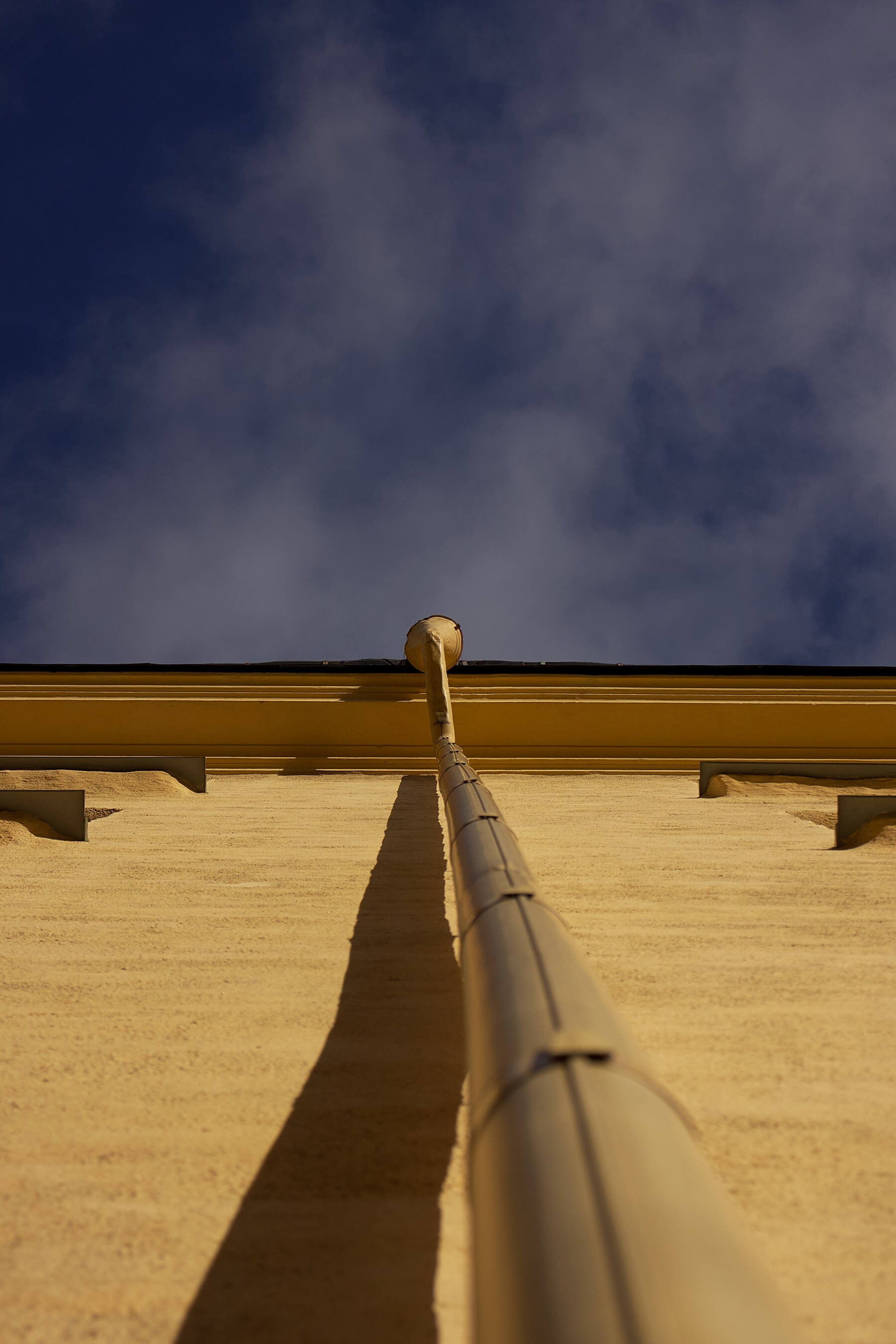Drainage Design
Drainage engineering design is a vital aspect of civil engineering that focuses on the planning, design, and implementation of effective drainage systems to manage stormwater, prevent flooding, and protect the environment. These systems are essential for transporting rainwater and surface runoff away from residential, commercial, and industrial areas to prevent water-related hazards and maintain the integrity of infrastructure. The primary goal of drainage engineering design is to ensure the efficient removal and safe disposal of excess water, preventing damage to properties and mitigating environmental impacts.
The process of drainage engineering design begins with a thorough analysis of the local topography, hydrology, and land use. Design engineers assess factors such as rainfall patterns, soil types, and the potential for erosion to determine the best approach to managing stormwater. They then design drainage systems that include components such as storm sewers, culverts, retention ponds, and erosion control measures. These systems are strategically laid out to collect, convey, and control stormwater, directing it away from vulnerable areas and into appropriate discharge points, such as rivers or detention basins.
Additionally, drainage engineering design often incorporates sustainable practices like permeable pavements, green roofs, and bio-swales to enhance water quality and minimize environmental impact. Effective drainage systems are critical for safeguarding communities and infrastructure from water-related disasters and maintaining the ecological balance of local ecosystems. In essence, drainage engineering design plays a crucial role in ensuring the efficient management of stormwater and the protection of both people and the environment.
